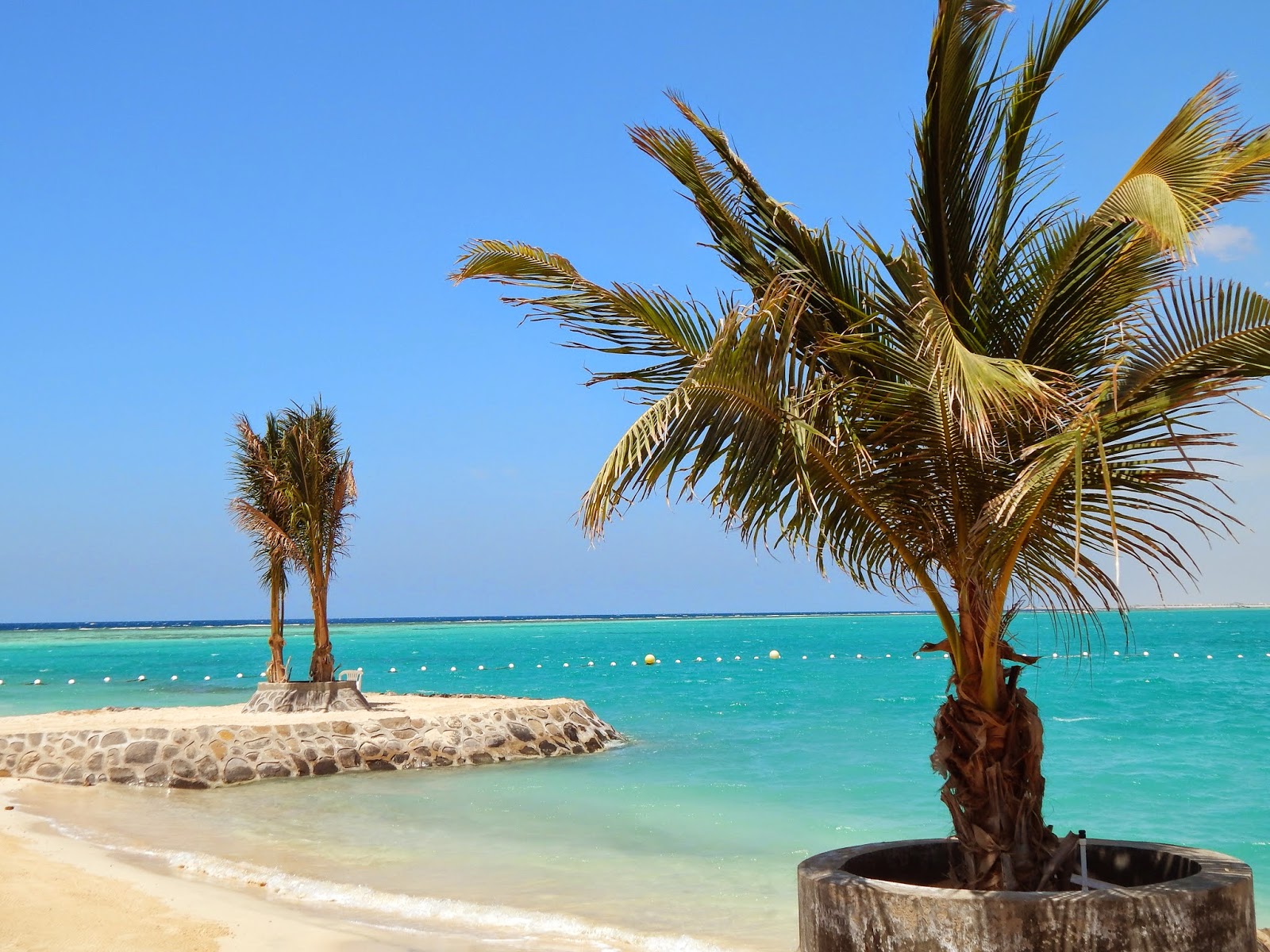
So... I just logged in to check my email this evening and I saw an email from FIFA with the following subject:
"Help protect the environment and earn a chance to win tickets to the 2014 FIFA World Cup Brazil™ Final!"
Protect the environment? Win tickets to the World Cup Final this summer in Brazil? At the same time?! Count me in!
As excited as I was, I opened the email with a good bit of skepticism. I became even more skeptical after reading the first paragraph. Apparently, I can offset my greenhouse gas emissions from traveling to and from the World Cup with just a few clicks of the
So I clicked on the link, arrived at the sign-up page, and began going through the process. After all, there are tickets to the final in Rio at stake (including travel and accommodation)!
I already have a FIFA account, so I logged in, indicated what country I will be traveling from (the United States), entered my ticket request ID, and clicked "offset." And just like that, they promised to offset the estimated 6,039kg of CO2 I will emit from my journey.
Offsetting my carbon emissions simply means balancing the greenhouse gas emissions from me traveling to the World Cup by removing or completely avoiding them somewhere else. This results in a zero net release of (mainly) carbon dioxide (CO2). In carbon trading schemes, like the European Union's Emissions Trading System, polluters have to pay for the ability to pollute by buying permits from companies who reduced their emissions. But I get to do it for free??
According to the FIFA Carbon Footprint Summary Report, the equivalent of about 2.7 million tons of CO2 will be released from this summer's World Cup, 84% of which will be from transportation (6,039kg of CO2 from me).
I want to know exactly how my, and other people's, carbon emissions will be offset. What kind of carbon offsetting projects are they undertaking?
What I do know is when carbon dioxide is emitted, it has one of three places to go: the atmosphere, the oceans, or terrestrial vegetation (trees, plants, etc.). So the projects will probably combine CO2 emission reduction and CO2 sequestration (storage) efforts. But what exactly? And how are they being funded? How can 50,000 free sign-ups be enough to "reach your goal"?
The only thing I found out here was that all of the projects will be in Brazil and they have been "hand-selected and verified" by FIFA and BP Target Neutral, British Petroleum's non-profit carbon management program.
Wait, what? BP? One of the world's largest oil companies? Smells a bit like greenwash to me. Remember BP's Deepwater Horizon incident? Yeah, that one.
I'm gonna look into this more...


















































